
Autumn signals more than cooler air and cozy sweaters—it’s also nature’s reset button. For gardeners, fall offers a golden window to help perennials rest and recharge for next year’s bloom. But timing matters. Some plants thrive when trimmed, while others depend on their fading foliage to survive winter. Understanding which is which can make all the difference for a vibrant spring garden. Let’s begin with the perennials that need a careful cutback every fall.
Peony

Peonies can bloom beautifully for decades, but they’re vulnerable to botrytis blight, a gray mold that thrives in cool, damp weather. Clearing the bed in time prevents disease and ensures those classic blooms return in spring with their trademark fullness and flawless color.
Bee Balm
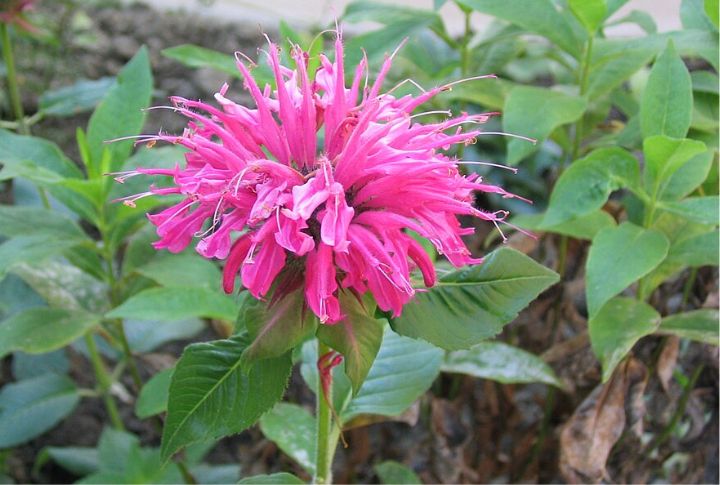
Bee Balm puts on a bold show; however, it needs a cleanup after blooming. Removing old stems and leaves stops powdery mildew before it spreads. Once trimmed, the plant grows back strong in spring. Moreover, hummingbirds adore its blooms, and Oswego tea fans appreciate its heritage.
Yarrow

By the time autumn arrives, yarrow starts looking weary. A good cutback tidies the bed and makes room for new growth next spring. Known for its feathery foliage and healing history, this resilient perennial combines toughness with a surprising touch of grace.
Spike Speedwell
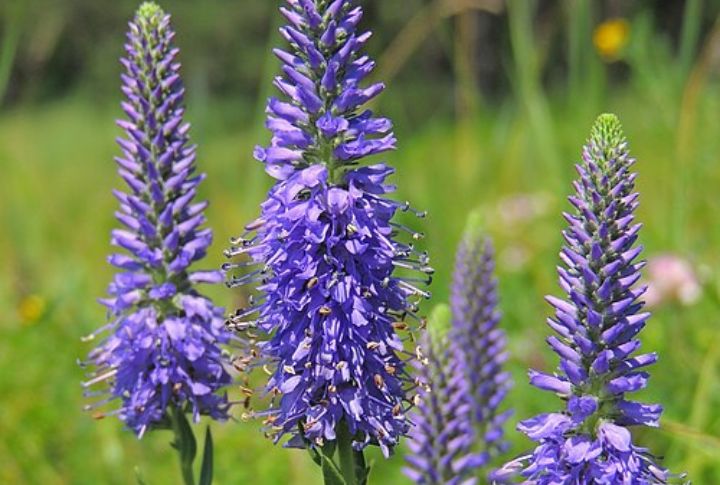
Those vivid flower spikes lose their charm once frost arrives. Clearing away the dead stems keeps Spike Speedwell healthy through winter and discourages disease. Spring pruning gives it the strongest burst of blooms, but a light fall trim keeps things neat without slowing it down.
Columbine

Columbine can self-seed everywhere if left alone. Cut it back in fall to keep control and to clear foliage that might hide pests like leaf miners. Its spurred blooms look like tiny birds midflight, making spring’s return all the more rewarding after a clean winter rest.
Now that the cutbacks are done, let’s see which perennials are better left standing.
Coral Bells
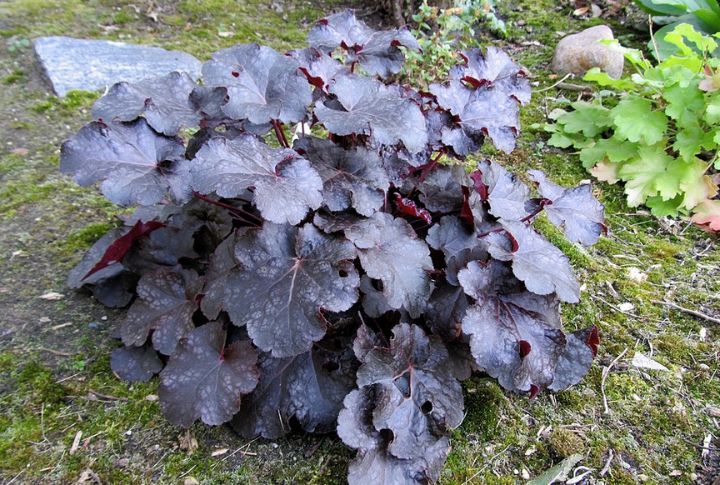
Coral Bells keep gardens lively even as most plants call it quits. Their colorful foliage shines from spring through fall and often lasts through winter. Leaving the leaves intact shields the crown and gives insects shelter, while the ‘Autumn Bride’ variety steals attention with lime-green brilliance.
Coneflowers
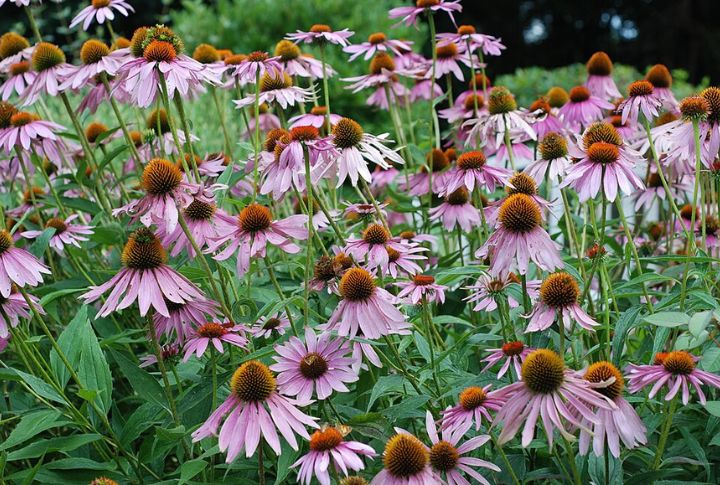
When temperatures drop, coneflowers turn into bird feeders in disguise. Goldfinches flock to the seed heads, and the sturdy stalks hide insects from the cold. Skip the pruning, and your garden stays active and full of small winter surprises.
Black-Eyed Susan
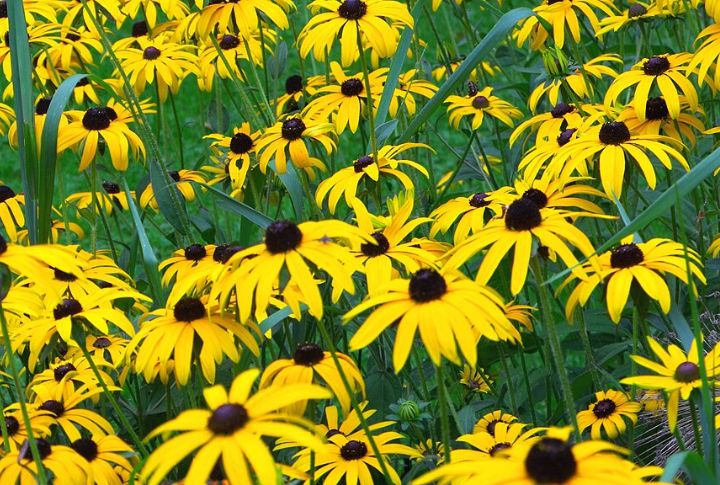
Even after the petals fade, Black-Eyed Susans keep the garden busy. Seed heads feed birds through winter, while sturdy stems protect the crown beneath. Leave them standing, and you’ll gain both wildlife activity and structure in an otherwise still, snow-covered land.
Ornamental Grasses
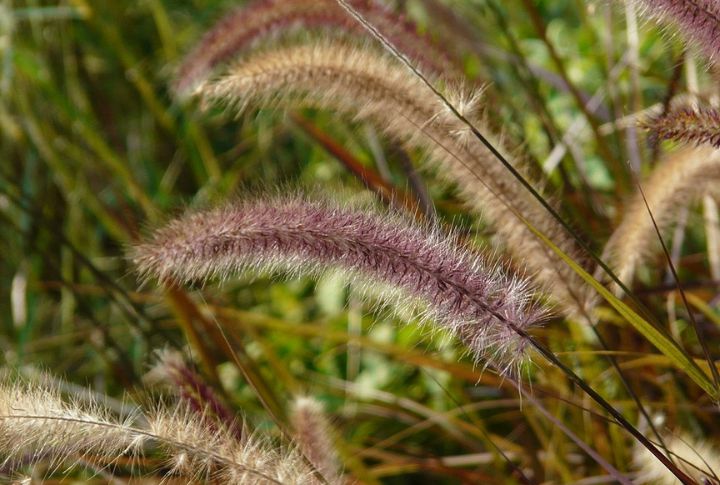
A gust of wind is all it takes for ornamental grasses to steal the scene. Their feathery plumes ripple like waves, hiding insects and feeding birds along the way. Even switchgrass, prized for biofuel, proves that elegance and purpose can grow together.
Ferns

Winter never truly empties the shade where ferns grow. Their arching fronds keep the soil in place and shelter small creatures from the cold. Evergreen kinds, like the Christmas fern, lend a soft persistence that brightens even the darkest corners.

